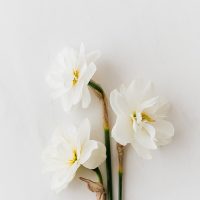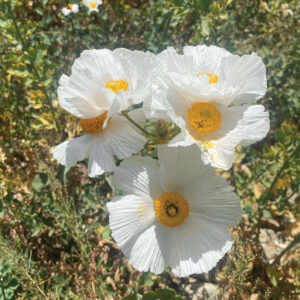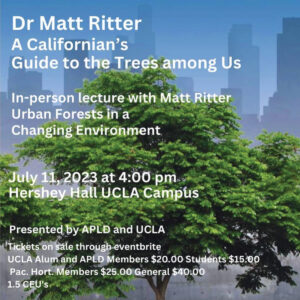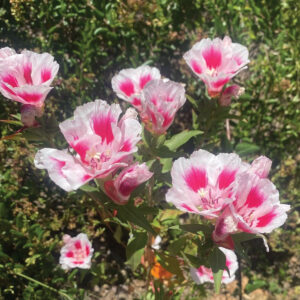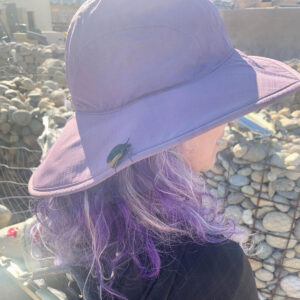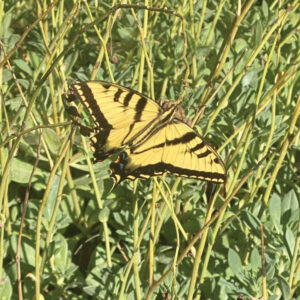Water wise Landscaping is very important for California, but there are good and bad ways to go about it. I have been learning more and more about this topic and firmly believe that the Watershed approach is the best way to go about changing our state.
Not all the lawn was removed from this project, but a large portion was and water wise plant material were substituted. The look is not only lush, but much nicer than the dead looking expanse of grass that existed because we listed to the property and took advantage of what it was telling us.
I know that you have been barraged with advice and people trying to sell you low water landscaping and frankly many of them are untrained and just trying to make a buck. How can you tell who knows what they are doing and who doesn’t?
1. If someone tries to pull out your lawn and replace it with a few plants and a bunch of gravel that is a HUGE red flag. Too much gravel is not a good thing – it will create a heat island.
2. If someone tells you that artificial turf is good for the environment (not saying it doesn’t have a place) that is another huge red flag. Plastic covering the earth can NOT be good for it (another heat island).
3. If someone tells YOU to go pick what plants you want and they will do the rest – red flag.
Here are some examples of what you could be left with if you do not do your research.
The best water wise landscapes are done using the Watershed approach and take into consideration soil, water, and plant material. It should all work and be designed together. Your plan should include water capture and retention, soil remediation, and proper plant selection.
The design should include rain gardens, sheet mulching, permeable hardscape materials, and as mentioned before proper plant material. To create a water wise design I meet with my client, get a lay of the land, and do plant research with them. All those steps are necessary in order to create a landscape that will take care of itself and in turn our planet.
You can learn a lot online about sheet mulching and about rain gardens, but if you want to hire a professional to help you with the project, I would suggest that you look at apldca.org to find someone that has been trained in design and very often in the Watershed approach. (Not all designers have taken classes, so ask questions and find out what they know.)
Landscape Designers have been digging deep (pun intended) into learning the best practices for healing the earth with the Watershed approach, utilize their expertise. Find out what they know and what they have studied, and you too can have a beautiful vibrant garden whose soil can help save our planet.
If you would like to learn more about how to take the Watershed Approach to transforming your garden, please give me a call at 661-917-3521 or visit my website and contact me there.









